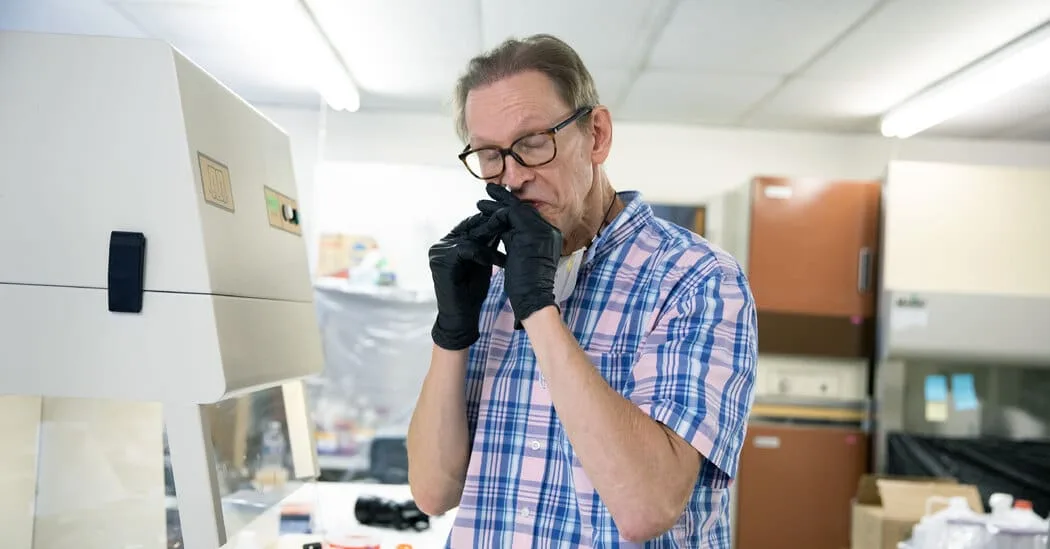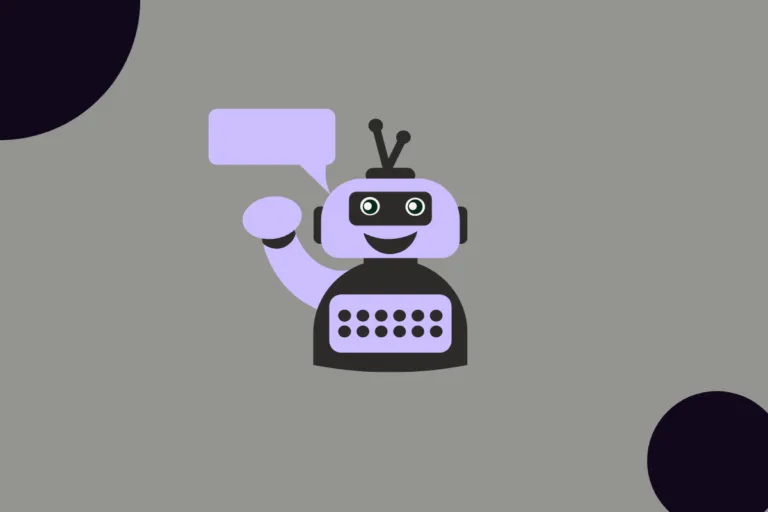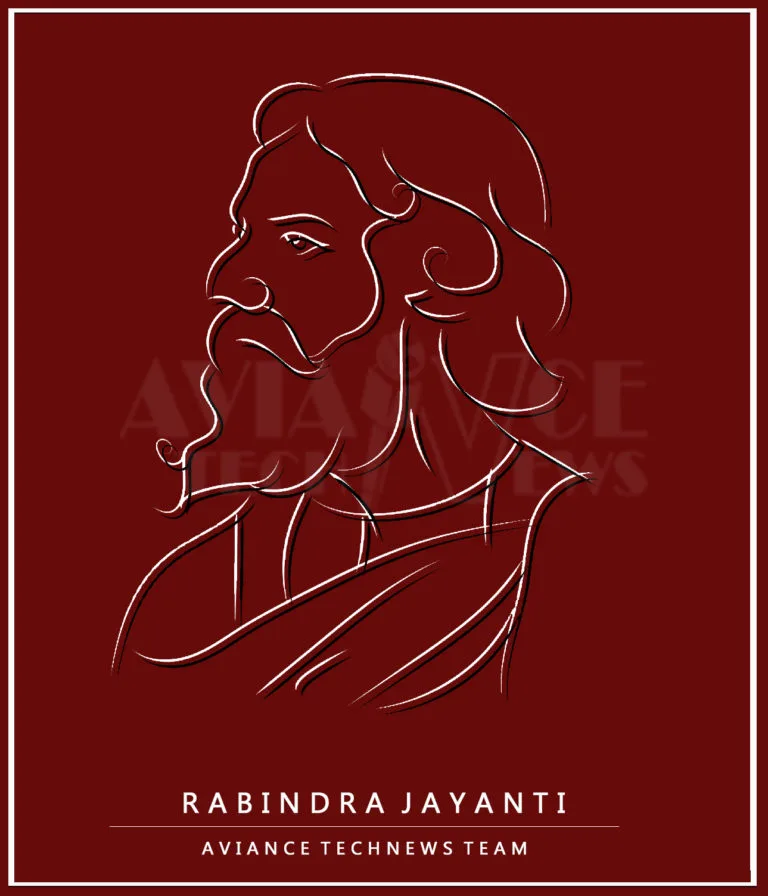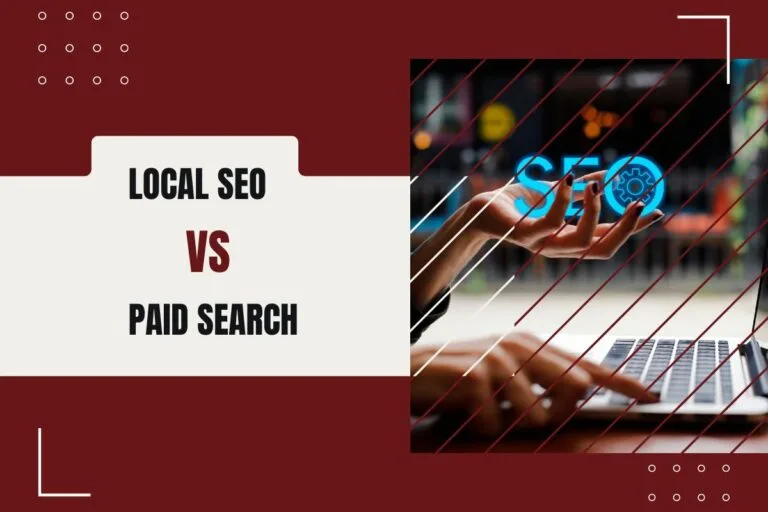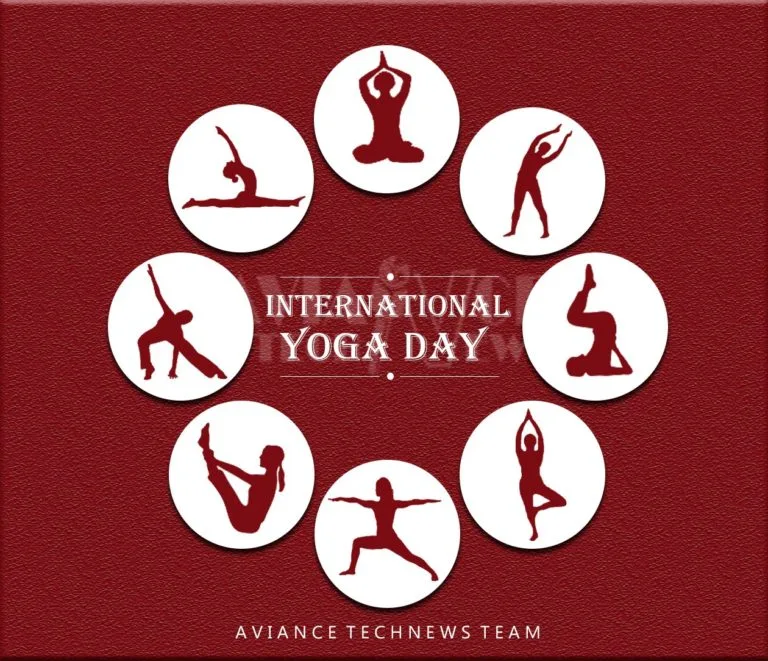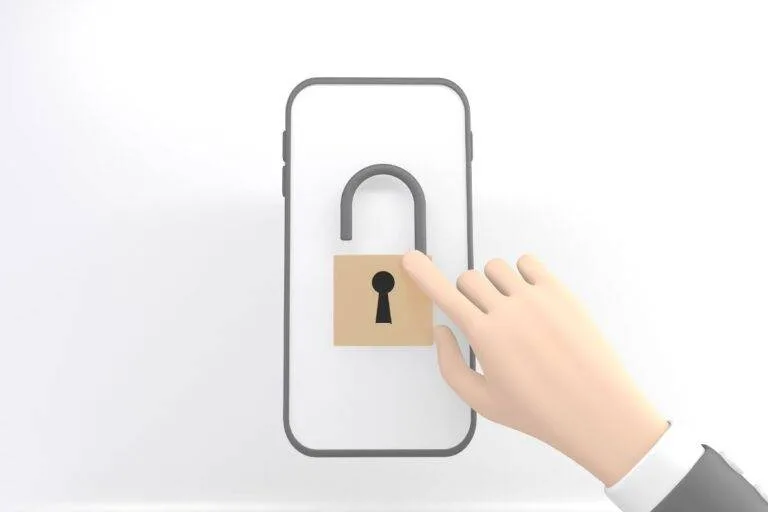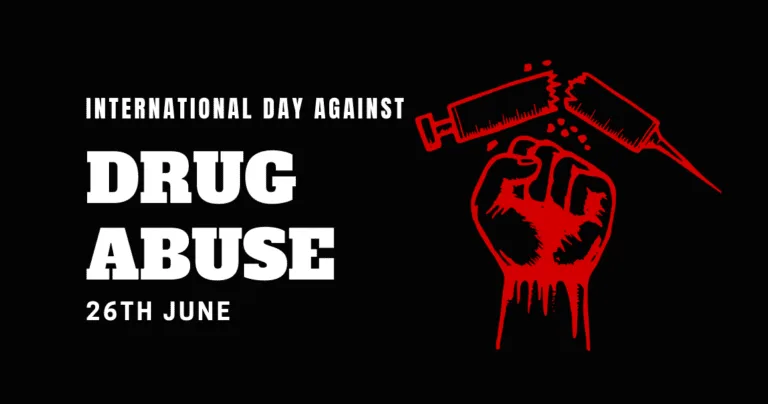[responsivevoice_button rate=”1″ pitch=”1.2″ volume=”0.8″ voice=”US English Female” buttontext=”Story in Audio”]
These Scientists Are Giving Themselves D.I.Y. Coronavirus Vaccines
In April, more than three months before any coronavirus vaccine would enter large clinical trials, the mayor of a picturesque island town in the Pacific Northwest invited a microbiologist friend to vaccinate him.
The exchange occurred on the mayor’s Facebook page, to the horror of several Friday Harbor residents following it.
“Should I pop up and get your vaccine started?????,” wrote Johnny Stine, who runs North Coast Biologics, a Seattle biotech company with a focus on antibodies. “Don’t worry — I’m immune — I have boosted myself five times with my vaccine.”
“Sounds good,” Farhad Ghatan, the mayor, wrote after a few follow-up questions.
Several residents interjected skepticism in the exchange. They were swatted down by the mayor, who defended his friend of 25 years as a “pharmaceutical scientist on the forefront.” When residents raised additional concerns — about Mr. Stine’s credentials and the unfairness of encouraging him to visit San Juan Island despite travel restrictions — Mr. Stine lobbed back vulgar insults. (The geekiest and least R-rated: “I hope your lung epithelial cells over express ACE2 so you die more expeditiously from nCoV19.”)
Several residents reported all of this to a variety of law enforcement and regulatory agencies. In June, the Washington attorney general filed a lawsuit against Mr. Stine not only for pitching the mayor with unsupported claims, but also for administering his unproven vaccine to about 30 people, charging each $400. In May, the Food and Drug Administration sent a letter warning Mr. Stine to stop “misleadingly” representing his product.
Although his promotional tactics were unusual, Mr. Stine was far from the only scientist creating experimental coronavirus vaccines for themselves, family, friends and other interested parties. Dozens of scientists around the world have done it, with wildly varying methods, affiliations and claims.
The most impressively credentialed effort is the Rapid Deployment Vaccine Collaborative, or RaDVaC, which boasts the famous Harvard geneticist George Church among its 23 listed collaborators. (The research, however, is not happening on Harvard’s campus: “While professor Church’s lab works on a number of Covid-19 research projects, he has assured Harvard Medical School that work related to the RaDVaC vaccine is not being done in his lab,” a spokeswoman for Harvard Medical School said.)
Each D.I.Y. effort is motivated, at least in part, by the same idea: Exceptional times demand exceptional actions. If scientists have the skills and gumption to assemble a vaccine on their own, the logic goes, they should do it. Defenders say that as long as they are measured about their claims and transparent about their process, we could all benefit from what they learn.
But critics say that no matter how well-intentioned, these scientists aren’t likely to learn anything useful because their vaccines are not being put to the true test of randomized and placebo-controlled studies. What’s more, taking these vaccines could cause harm — whether from serious immune reactions and other side effects, or offering a false sense of protection.
“Take it yourself and there is not much anyone can or should do,” said Jeffrey Kahn, the director of the Johns Hopkins Berman Institute of Bioethics. But once a person starts encouraging other people to try an unproven vaccine, “you’re headed right back to the days of patent medicine and quackery,” he said, referring to a time when remedies were widely sold with colorful but misleading promises.
‘We are the animals’
The RaDVac vaccine effort, first reported on by MIT Technology Review, is different from Mr. Stine’s project in two important ways. No one involved plans to charge for the vaccine. And unlike Mr. Stine’s expletive-laden Facebook rants, RaDVaC has a 59-page scientific document to explain how it works and to guide others who might want to mix up the vaccine formulation on their own.
“The white paper is quite impressive,” said Avery August, an immunologist at Cornell University in Ithaca, N.Y., who is not involved with RaDVaC.
But the impetus of both projects is similar. In March, as Preston Estep, a genome scientist who lives in the Boston area, was reading about people dying amid the pandemic, he vowed not to sit complacently on the sidelines. He emailed some chemists, biologists, professors and doctors he knew to see whether any were interested in creating their own vaccine. Soon they had devised a formula for a peptide vaccine that could be administered through a spritz in the nose.
“It’s very simple,” Dr. Estep said. “It consists of five ingredients you could mix together in a physician’s office.”
The key ingredient: tiny bits of viral proteins, or peptides, which the scientists ordered online. If all went well, the peptides would train the immune system to defend against the coronavirus, even with no actual virus present.
In late April, Dr. Estep joined several collaborators in a lab as they stirred the concoction and sprayed it in their nostrils. Dr. Church, a longtime mentor to Dr. Estep, said he took it alone in his bathroom to maintain social-distancing precautions.
Dr. Estep soon gave the vaccine to his 23-year-old son, and other collaborators also shared it with their family members. So far, no one has reported anything worse than a stuffy nose and a mild headache, Dr. Estep said. He has also refined the recipe, removing and adding peptides as new coronavirus research has emerged. So far, he has sprayed eight versions into his nose.
A traditional drug development workflow begins with mouse or other animal studies. For RaDVaC, Dr. Estep said, “we are the animals.”
But without rigorous clinical trials, Dr. August said, there’s no reliable way to know if it is safe or effective. He said he feared that the scientists’ prestigious credentials might imply otherwise.
Dr. Church said that he respected the traditional evaluation process but that there should also be room for “pre-research,” and that most of what he had been involved with throughout his career — including editing genes in human cells — was considered “fringe” at first.
As of last week, Dr. Estep said, about 30 people in the United States, Sweden, Germany, China and Britain had taken the vaccine. He said a university professor in Brazil had told him he was considering making it in his lab and distributing it for free.
Vaccine via Facebook
There is a long history of scientists openly testing vaccines on themselves and their children, but in recent decades it has become less common, according to Susan E. Lederer, a medical historian at the University of Wisconsin-Madison. What’s ethically and legally acceptable for testing and distributing your own medical product varies by institution and by country.
In August, the Scientific Research Institute for Biological Safety Problems, a government institution in Kazakhstan, announced that seven employees had become the first people to try the Covid-19 vaccine they were developing. Russian and Chinese scientists affiliated with government and academic institutions have made similar pronouncements amid the pandemic.
The problem with Mr. Stine’s product, according to Attorney General Bob Ferguson of Washington, is not that he took it. It’s that he “sold this so-called vaccine to people in Washington who are frightened and more apt to look for a miracle cure in the midst of a worldwide pandemic,” Mr. Ferguson said in a statement. The lawsuit also cites Mr. Stine’s unsupported safety and effectiveness claims.
In March, a few months after he said he vaccinated himself and his two teenage sons, he posted an ad on the Facebook page for North Coast Biologics. After decades of working with antibodies, Mr. Stine said in an interview, he knew that making a vaccine should be “pretty goddamn easy.”
He described a job that sounded a bit like writing Hollywood screenplays that never become movies. He makes antibodies that could be used against various pathogens and sells them to companies that could use them to develop drugs, but they probably won’t. According to the Washington attorney general’s suit, Mr. Stine’s company was administratively dissolved in 2012.
To make his vaccine, he used a genetic sequence for the spike protein on the outside of the coronavirus to make a synthetic version. He put it in a saline solution, injected himself just under the surface of the skin of his upper arm and then took a so-called titer test to look for antibodies in his bloodstream. “It took me 12 days from downloading the sequence to being titer positive,” he said.
In his Facebook ad, he claimed that this left him immune to the virus and offered “interested parties” the opportunity to “pay $400/person.”
Mr. Stine seemed amused by this, insisting that few people are likely to apply for a refund. His fee, he said, barely covered travel costs, and often he didn’t charge.
A man in his 60s in Montana, who asked to remain anonymous for privacy concerns, said he flew Mr. Stine out to inoculate him and his family. Now, he said, they have been able to return to “normal behavior,” such as having lunch with friends whose jobs put them at high risk for exposure. The man even joined Mr. Stine to visit a police officer friend in Washington State who had been diagnosed with Covid-19 and was “on death’s door.” According to all three who were present, no one wore a mask. And Mr. Stine sat close to the sick officer in an enclosed space as he gave him a treatment.
Mr. Stine says his vaccine is similar to a recombinant vaccine being developed by the University of Pittsburgh in Pennsylvania. He also claims that a shot will not only protect people against the virus, but also treat those who have it. Dr. Louis Falo, a lead researcher on University of Pittsburgh’s effort, said he was skeptical that Mr. Stine’s vaccine could be safe or effective based on how it was assembled. Even if it was, he said, it’s unlikely it would help sick people.
In the 1990s, Mr. Stine worked for Patrick Gray, a molecular biologist who contributed to the discovery of a hepatitis B vaccine and is now the chief executive of a biotech company.
Dr. Gray said in an interview that the science Mr. Stine published at Icos, the biotech company where they worked together, was “sound” but that the young scientist had a penchant for making too much of too little. “Johnny was in a hurry to publish his work and advance his career,” he said. “We often insisted on more confirmation and more controls.”
“Regarding his current scientific efforts, I don’t believe Johnny is a ‘scam artist,’ but he has ignored F.D.A. regulations necessary for drug development,” he wrote in an email. “It’s just not possible for an individual like Johnny to create a viable vaccine.”
The mayor of Friday Harbor said he regretted responding to Mr. Stine’s message on his Facebook wall, instead of privately. But he does not see why he should apologize for accepting his friend’s formulation for free. “I’d rather have the chance of having some protection than no protection at all and waiting and waiting,” Mr. Ghatan said.
The controversy, however, has derailed their plans to meet, he said. But if another opportunity arises to get the jab, he said, “I would.”















